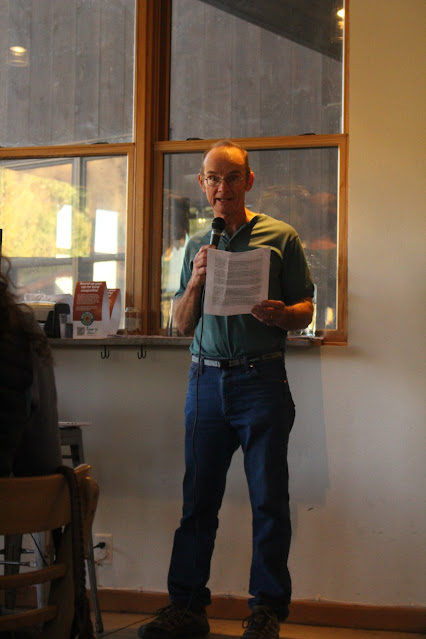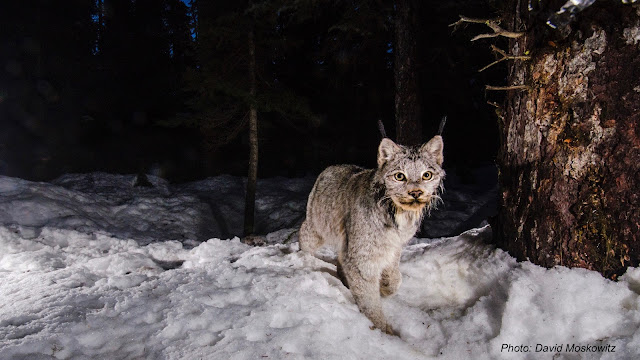Field Tested: Gabe S.

Gabe attended the Wildlife Field Techniques course in June, 2024. I graduated from law school in the spring of 2023 and passed the bar exam in the winter of 2024. During law school, I studied environmental law, focusing on larger environmental policies. I volunteered and interned at various wildlife protection agencies. In one of my courses, I wrote my capstone seminar paper on issues facing the protection of the gray wolf under the Endangered Species Act. One thing that became clear throughout my research was that there was a big discrepancy between science and policy: laws were made sometimes not in accord with biological principles – for example, understanding what is a separate “species” versus “subspecies” versus “population” – and the law often made no room for those distinctions. It was during this research that I became much more interested in the science behind wildlife ecology, and realized I wanted the opportunity to firsthand experience how wildlife science is co...

.jpg)


